On Oct. 28, a panel of University of Massachusetts LGBTQ+ identifying alumni gathered in the Campus Center to celebrate the 30th anniversary of the first “2 in 20” residence hall offered on campus for queer students, and to reflect on LGBTQ+ life at UMass in the 1990s.
The “2 in 20” floor located on the fourth floor of Mary Lyon Hall was established in 1992. UMass was the first school in the country to create a LGBTQ+ focused residential space. The Northeast residential building served as gender and sexuality inclusive housing for students who are part of the queer community.
It was called “2 in 20” to oppose sexual studies researcher Alfred C. Kinsey who claimed that 1 in 10 people are gay. According to a 1997 article by “The Chronicle,” UMass students chose “2 in 20” as the floor’s name, as the statistic 1 in 10 seemed isolating.
The panel was made of five former UMass students and one current student who lives on the Spectrum floor, a since-developed gender inclusive space in Central residential area’s Baker Hall. Gender-inclusive housing is also available in Webster Hall, Cashin Hall and North Apartments.
The discussion was moderated by Robert Cahill, senior history major and residential assistant in Spectrum, who asked the alumnus about their experiences living on the floor in the ‘90s.
Class of ‘98 alum and panelist Donnie Roberts grew up in Springfield, Mass. and transferred out of Suffolk University to UMass. Roberts came out prior to transferring. He explained that while Massachusetts is a more progressive state, “It didn’t always feel that way” in the 90s. “This was the midst of the bad days of the HIV crisis. You know, there was a lot of homophobia, there was a lot less acceptance, you know, marriage equality was something that I think hadn’t even been a vision for a lot of people,” Roberts said.
Roberts noted there were various ways in which LGBTQ+ students could find community on campus, such as the student pride alliance group, queer peer education group and Stonewall Center. Roberts worked there before and after graduating. “The floor was just one of those spots,” he said.
Panelist AnnMarie Thorpe, director of disability services at UMass, was an RA on the floor from 1993 to 1996. Before UMass, Thorpe attended Elon University. Originally from New England, she was surprised by much of the Southern culture surrounding LGBTQ+ individuals.
Thorpe and her girlfriend would write letters to each other and then burn them in the toilet. It was a “pretty hostile place” when coming out, she said. She noted that transferring out of North Carolina to UMass was a polar opposite experience for LGBTQ+ youth on campus.
Thorpe lost her brother, a gay man who struggled with substance abuse, to suicide. This inspired her to cultivate an atmosphere of community and safety for all who lived on the “2 in 20” floor. Another speaker at the event, Wendy Darling, was a resident of the floor during Thorpe’s time as RA. She said how she remembered this particular quality of Thorpe’s leadership style as an RA.
Darling explained that the AIDS epidemic in the U.S., in which HIV/AIDS became the leading cause of death for men aged 25-44 by 1992, greatly affected the perception of her community. Darling noted there were straight men who did not want to live with a gay man.
“Even though UMass was far ahead of most universities and culture at large, we’ve still really felt the need for safety and life for people that would understand us,” Darling said. “So, there was that kind of ostracism and those kinds of misperceptions at large, even amongst the students of this very progressive school.”
Roberts spoke of a particular moment as an RA when parents’ weekend was approaching. Upon coming home to the fourth floor in Mary Lyon, he found a note slipped under his door that he recalled saying, “I’m freaking out. My parents don’t know.”
Because the floor was filled with LGBTQ+ affirming posters and messages, “All of a sudden, we just rolled up our sleeves and covered up the bulletin boards and asked everybody on the floor to help understand and support our friend and our community member,” Roberts said. “Even though we found our safety together, the world was different.”
For panelist and alum Morganne Ray Crouser, the “2 in 20” floor was the very reason they transferred to UMass. Being the only person out in their high school, Crouser sought queer community.
“It gave me a sense of like, I can expect this, I can expect to have a safe space, I can expect to be with people like me,” they said. Crouser felt that the floor helped them with, “not really tolerating being in the places where I have to be sort of squished into this box.” Crouser wondered if they would have developed this secure mindset if they had not lived on the floor for two years.
Andrew Curran, who graduated from UMass last spring, first started getting into drag when living in Spectrum, where he learned how to do hair, makeup and sewing. Due to the inclusiveness of the space, he could have the door open for better air circulation in the dense heat of Baker Hall and not have the makeup sweat off his face.
Curran said that because he lived in Spectrum, he could more comfortably, “be able to walk down the hall like that and actually wash it off at the end of the night.”
Current resident of Spectrum, Bex Deck, a junior comparative literature and women and gender studies major, would like to see Spectrum as a more diverse place for queer people of color.
“It has been a predominantly white floor, so a lot of white queer people are on there,” she said. “So, I think, for as welcoming as it is, we can and should still do more work to make sure that everyone, every queer person feels like they have a space and they feel welcome on the spectrum floor.”
When asked about their favorite moments living on the floor, each panel member beamed in recollecting special memories that they experienced with their friends, and as Darling described, family.
Crouser remembered packing as many people into as few cars as possible every Wednesday night for Divas’ drag night in Northampton. Roberts recalled having kids come to the floor for trick-or-treating one Halloween.
Darling would look forward to the time of night when students left their doors open and kicked back, as men openly practiced voguing and recreating Madonna’s dances which were inspiration to many queer people in the community.
Curran loved holding a PowerPoint night with his friends and Deck reminisced about the hours spent with friends during their Lord of the Rings marathon. Thorpe said creating the floor’s annual drag show was her favorite memory.
The sense of community and comfort was apparent. The “2 in 20” floor and Spectrum housing also shaped some panelists’ careers. Roberts works for an LGBTQ+ health center in New York that provides primary care to queer New Yorkers and Curran holds monthly drag shows at Marigold Theater in Easthampton.
“I loved that we were able to build this,” Thorpe said.
Caitlin Reardon can be reached at [email protected]. Follow her on Twitter @caitlinjreardon.





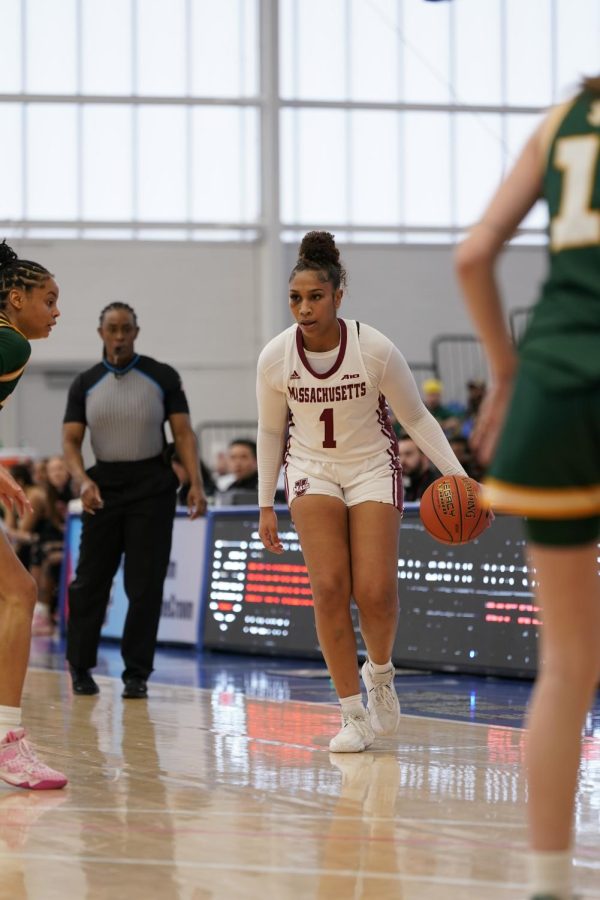
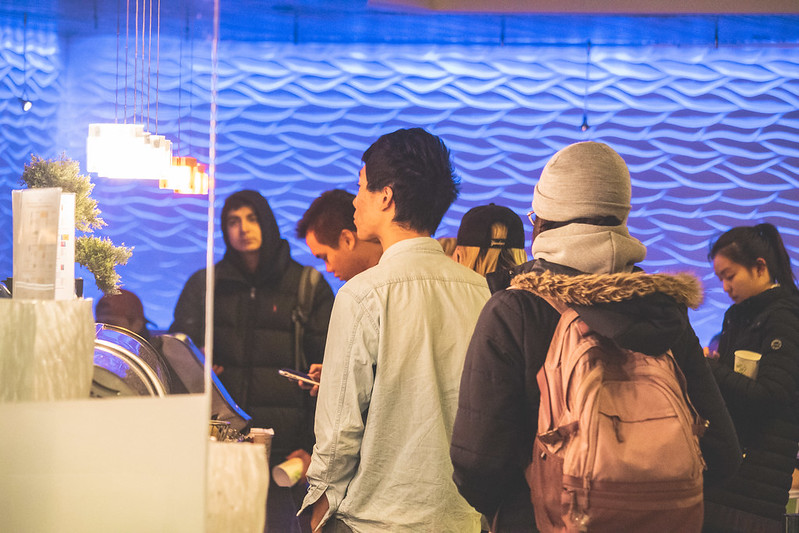
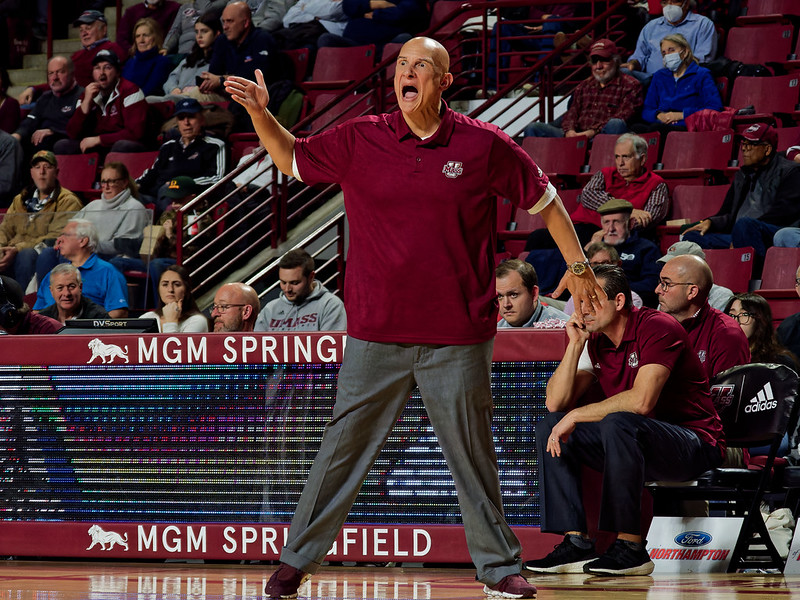
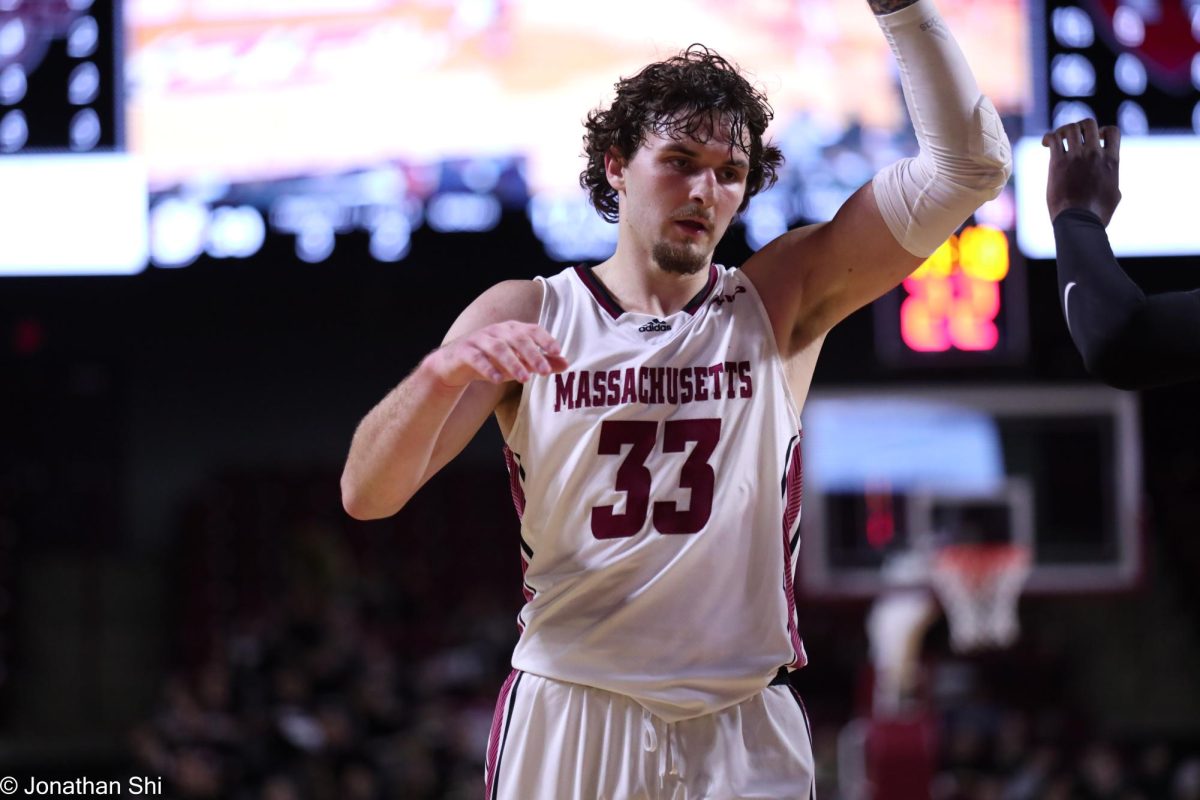

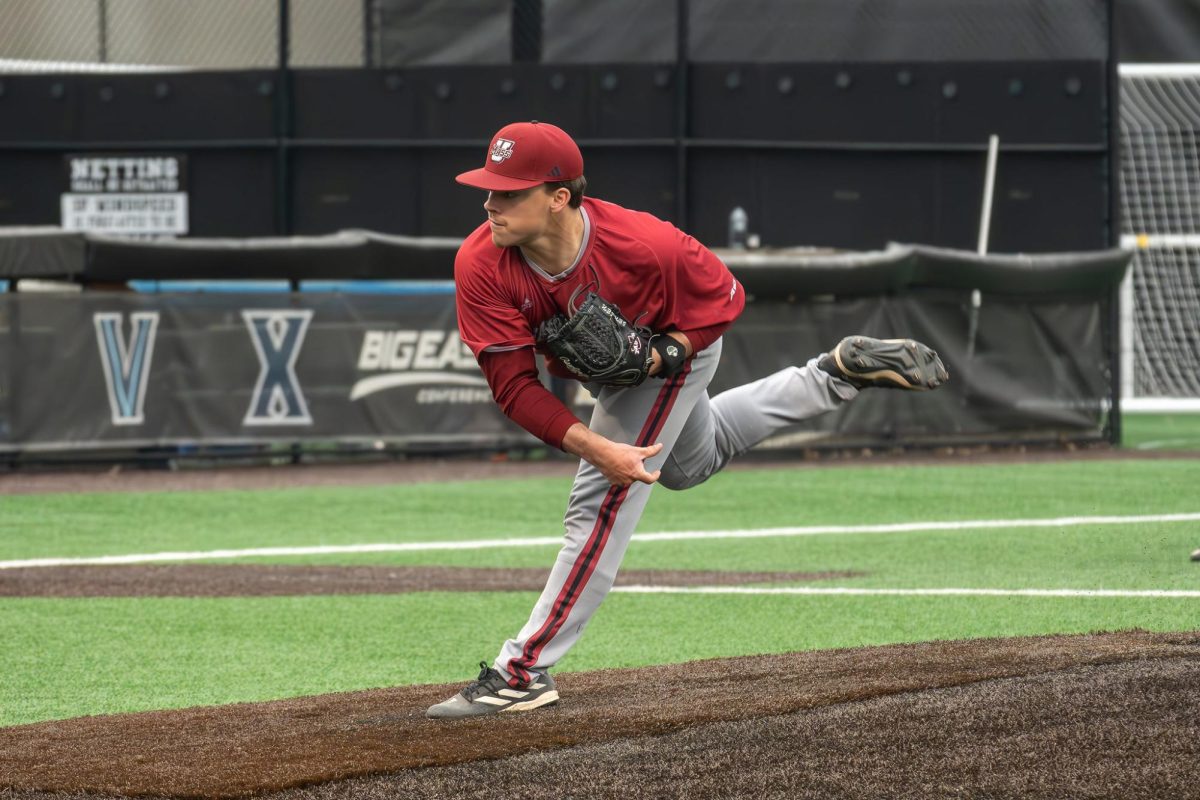



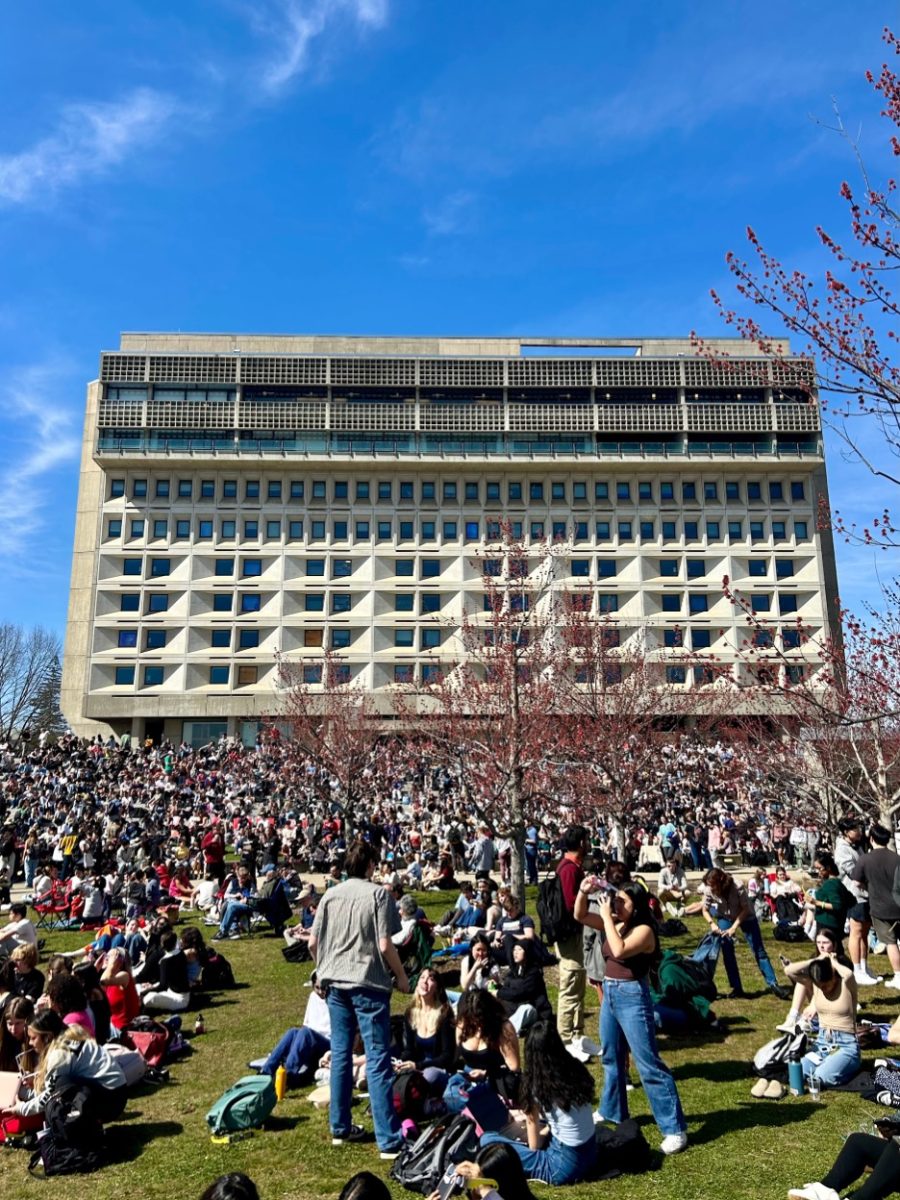
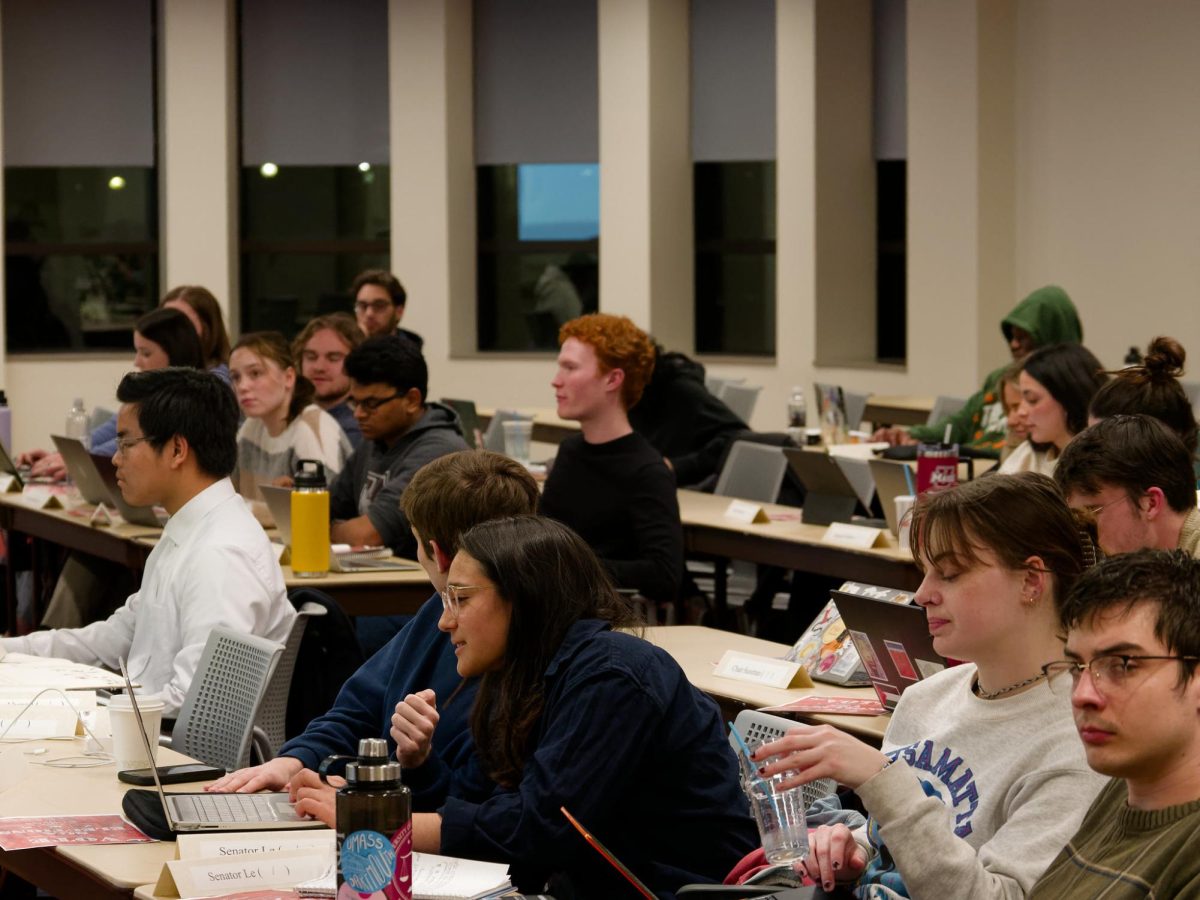



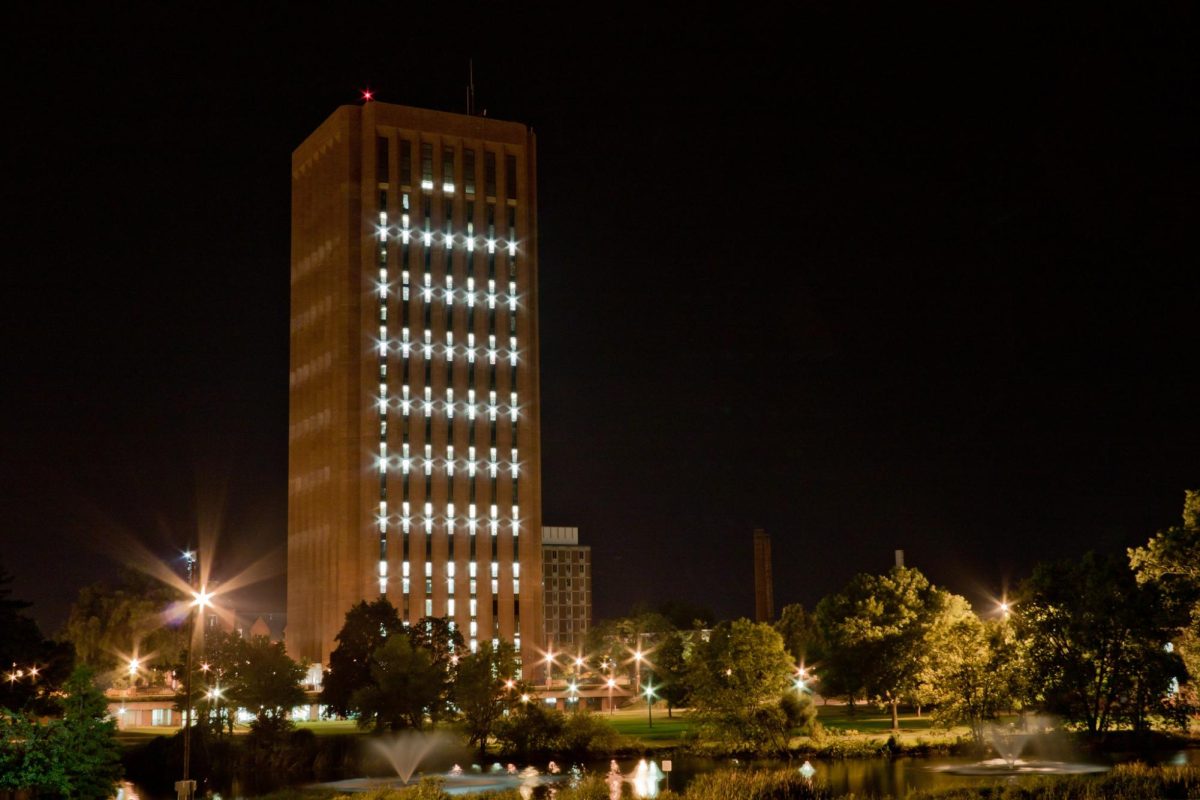
Martha Lambert Maki • Dec 8, 2022 at 10:18 pm
I lived in Mary Lyon for a year and think back fondly of my time spent with friends on the 4th floor. Hi Wendy! I wish I’d kept in touch more. As a straight person, this was a great experience for me and now as parent of an LGBT teen it was maybe one of the most valuable parts of my UMass education.